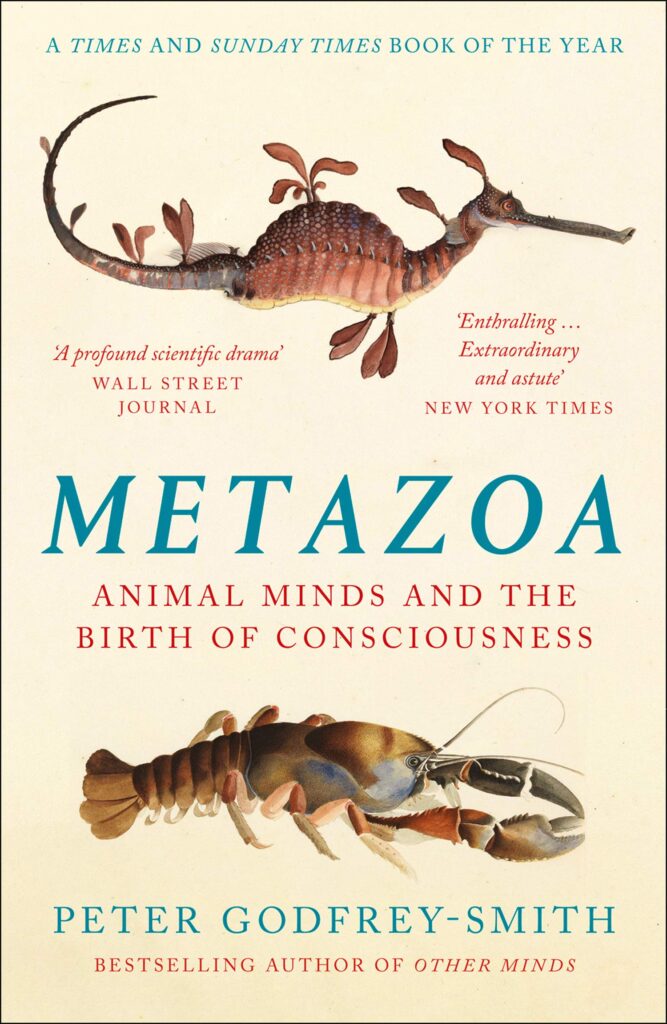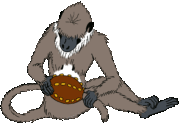by Peter Godfrey-Smith
This is a sequel to the hugely popular Other Minds: The Octopus, the Sea, and the Deep Origins of Consciousness. As such, it comes burdened by very high expectations.

As someone who both has a background in biological science and has read Other Minds, I did not find this book to contain any really novel, profound insights to match the first book’s explanation of ageing and of the different uses and possible origins of neural coordination. Nor, despite the title, does it shed as much light as its predecessor on the possible evolution of consciousness.
What it does do, however, is provide a clear, engaging look at the evolution of the senses through different animal groups and how that may affect these animals’ experience of their world, although it leans more on the development of different types of intelligence than on consciousness itself. In this case, its alternative title, Metazoa: Animal Life and the Birth of the Mind, actually makes more sense. Either way, and like Other Minds, this is science-writing-as-art, eminently readable and enjoyable, even beautiful, with wonderful evocations of underwater scenes and the many animals the author met there.
Where it does examine consciousness itself, it spends a lot of time on the problem presented by octopodes with their one central brain and eight sub-brains, one for each arm; and by humans who have had the corpus callosum between the two halves of their cerebrum severed to prevent the propagation of severe epileptic fits; and on the general issue of centralised versus distributed neural systems. Godfrey-Smith speculates on whether these individuals really have two (or nine) “selves” or whether they are still one person, with sub-divisions which all contribute to a coherent whole (he leans towards the latter view).
[It’s interesting – interesting to me, at any rate – that even though Professor Godfrey-Smith is a firm materialist, none of the evidence he describes is incompatible with the idea that the soul is an external entity whose expression is filtered through and affected by a physical matrix, in the same way that a TV broadcast is affected by the machine it plays on.]
The author is of the opinion that the interconnected electromagnetic rhythms and almost holographic overall electrical coordination of the brain don’t just produce consciousness, but are consciousness, and that for this reason it is impossible for an AI ever to be conscious, unless it can first achieve the same kind of whole-more-than-the-sum-of-its-parts gestalt. At the same time, he never comes up with any reason why the result of all this coordination should be consciousness, rather than some other thing, so it’s not clear that this exclusion of AIs from the process is anything more than the “But, but, man is different!” that both philosphers and theists tend to fall back on.
Godfrey-Smith is generally free of that kind of prejudice: he knows that other animals are persons and believes that consciousness develops by tiny increments, such that all animals with a nervous system have at least some self-awareness; and he isn’t even entirely sure that sponges and plants don’t. But he’s still a philosopher, so he ends by saying that in his next book he will examine why only humans are capable of directed imagination, of building a mental garden. Which is nonsense, of course: any animal which can plan ahead, and can lie in novel situations (as we now know that many species can), must be able to imagine the results of its actions in a fairly directed way. This suggests that the next book in the series may well be tosh: I fair dreads it.
